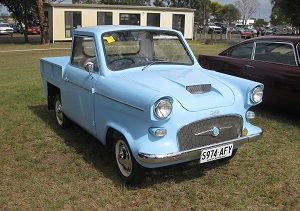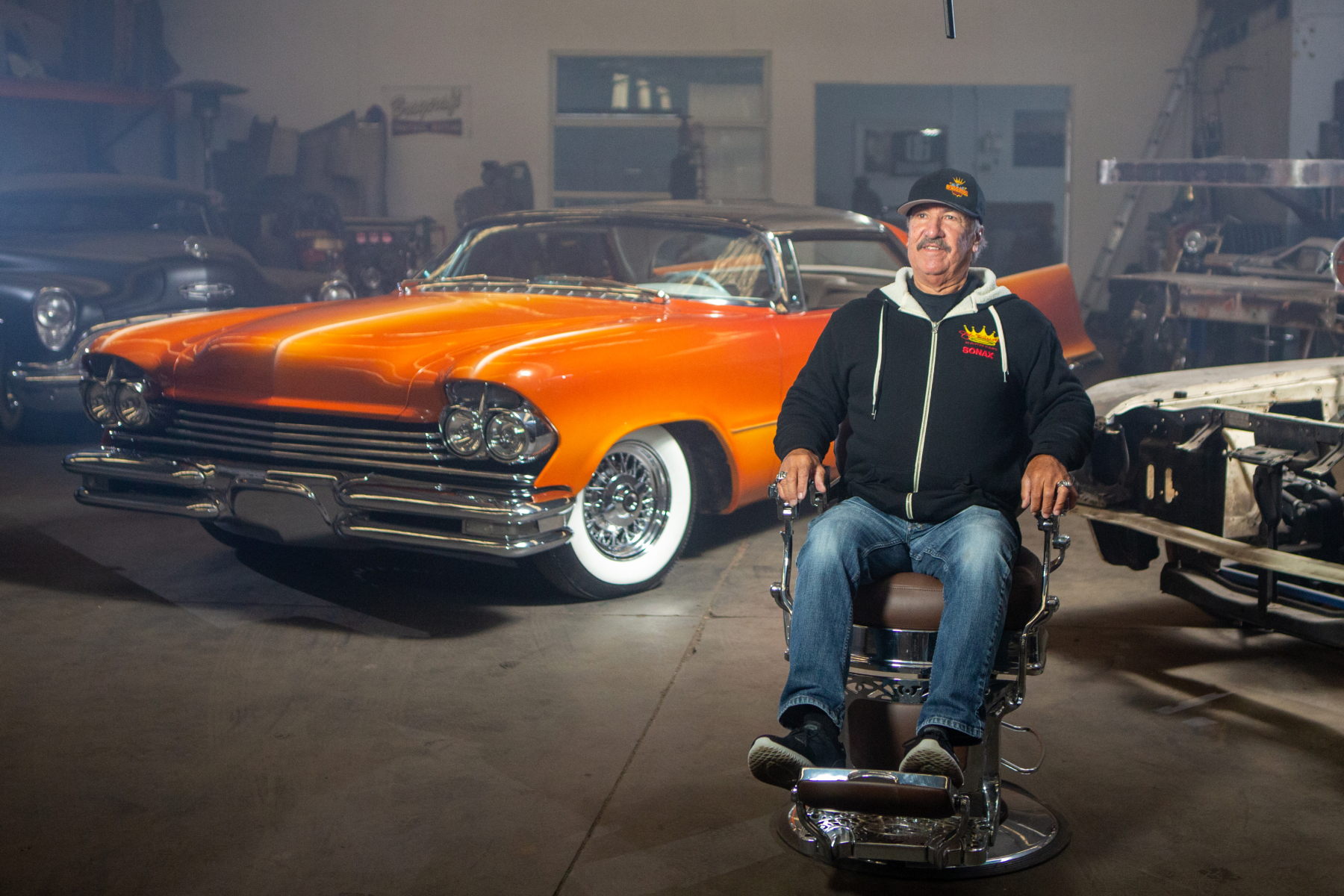

Being a long way from anywhere turned Aussies into a resourceful bunch. We invented things that (at one time) we could sell to the world and produced cars to suit our own very specialised market.
The early 20th Century saw Australia devise an often bizarre range of automotive designs, but as World War 1 ended there was a serious attempt at building a car that would complete with the growing numbers of US imports. The Australian Six was built in a huge factory on Sydney’s Parramatta Road but with too many untested imported components. The engines suffered especially under Australian conditions and the business went bust from the weight of warranty claims.
Far more successful was Ford’s decision to create a vehicle with a comfortable, enclosed cabin up front and a high-sided tray behind. The Coupe Utility joined the local range in 1934 and Ford would build locally-designed utes until the demise of production in 2016. Pivotal to the Coupe Ute’s existence was young designer Lewis Bandt who was sadly to die years after retiring in a crash involving his prototype.
When the Morris Mini arrived on Australian soil in 1961 it made every other small car instantly obsolete. That didn’t deter industrialist Harold Lightburn from building a Mini rival that he hoped would sell as well as his company’s washing machines. Sadly the Lightburn Zeta looked a little like a twin-tub washer, vibrated as badly and was slightly slower. One did manage to finish the 1964 Ampol Trial but so far behind the field that the officials had all gone home.
Superior in every way to the Zeta but let down by managerial failures was the Leyland P76. Renowned as the only car available here that could fit a 205-litre drum in its massive boot, the P76 had a superb if under-developed 4.4-litre engine, outstanding handling and ride characteristics and masses of interior room. Sadly, the facilities at Leyland’s Sydney factory weren’t suited to such a large car, the workforce was untrained and suppliers seemingly favoured the major manufacturers. Only 17,000 Ps76 were built from 1973-75 but there is now a dedicated club ensuring that hundreds survive.
Ford features again with a car that should have succeeded if not for cost cutting and deficiencies in quality control. Using mostly Mazda components the SA Series Ford Capri was a two-seat sports model that hit the market at almost the same time as Mazda released its MX5. Ford had a deal to supply cars for export to the USA where they were briefly sold as the Mercury Lynx. However that initiative fizzled and by 1994 the last mass-produced Aussie sports car was gone.
Finally we celebrate the most fearsome high-performance sedan ever made in this country. The HSV W427 used a Commodore body with Chevrolet mechanical components, produced 375kW and did it all at a price tag of $155,000. In the context of Holden pricing that might seem expensive but when pitted against European ‘sports sedans’ with less power and way less presence it represented a full-bore bargain. Holden wanted the synergy of building 427 examples of its W427 but circumstances and the Global Financial Crisis intervened. When production stopped in 2009 only 138 cars including the prototype had been made and they now are rolled-gold collectibles.
No matter how significant or obscure your car might be, someone on the Enthusiast team will know what it is and even what it’s likely to be worth. Just check the benefits of our Restored Car Insurance cover and don’t forget that payment for all Enthusiast policies can be made in easy Monthly Instalments.

